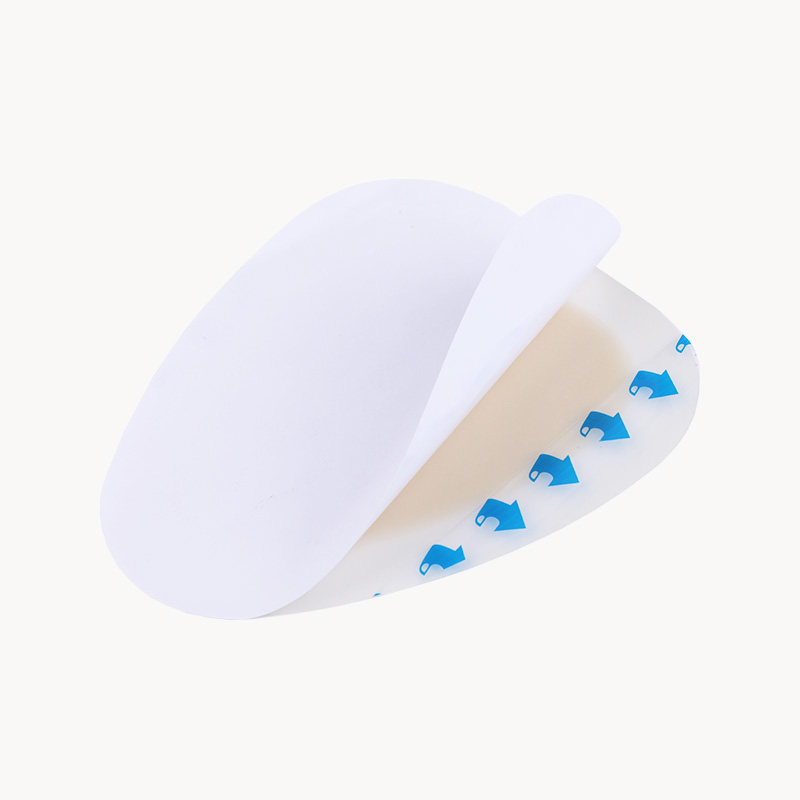Chronic wounds refer to wounds that are complex and cannot be repaired according to the normal time . In recent years, with the development of wet wound theory, various types of dressings for the treatment of chronic wounds have gradually increased, and they have achieved good results in promoting the healing of chronic wounds. As one of the commonly used clinical dressings,
hydrocolloid dressings have a wider and wider range of applications, from initially only used for the treatment of pressure injuries, and gradually extended to the treatment of various skin and soft tissue damage and limb ulcers.
The hydrocolloid dressing is a dressing containing sodium carboxymethyl cellulose (CMC). The layer in contact with the wound is composed of pectin, gelatin and CMC, and the outer layer is a polyurethane film. When the hydrocolloid is in contact with the wound surface, the hydrocolloid component is in contact with the exudate, and it absorbs water and begins to expand into a gel, providing a closed moist healing environment for the wound surface.
Hydrocolloid dressing features:
(1) Provide a moist healing environment and promote autolytic debridement.
(2) A slightly acidic environment can be formed, which is beneficial to the eschar removal of enzymes.
(3) Provide a layer of thermal insulation for the wound surface, so that the temperature of the wound surface is close to body temperature.
(4) The formation of hypoxic environment in the wound can promote the formation of capillaries and granulation tissue.
(5) Make the wound airtight to prevent bacteria from invading the wound.
(6) It can be used as an outer dressing for fixing.
Hydrocolloid dressing is a new type of wound dressing developed under the guidance of the principle of wet healing. The absorbency, viscosity and other characteristics of hydrocolloid make it meet the basic requirements of an ideal dressing, which not only protects the wound, provides a suitable environment to promote wound healing, and is easy to remove without damaging the new tissue, which not only reduces medical costs, but also relieves patients. pain. Hydrocolloid dressings can be applied to the treatment of a variety of different wounds, especially for chronic refractory wounds, which have a significant curative effect, shorten the wound healing time, and are suitable for the treatment of chronic granulation tissue wounds with better inflammation control.
Precautions:
(1) Wounds with severe exudation or active bleeding: Hydrocolloids absorb exudate slowly and are used for wounds with small to moderate exudation, not for rapidly exuding or bleeding wounds.
(2) Infected wounds: Although hydrocolloid dressings can be used to prevent infection, due to their airtightness, they cannot be used for severely infected wounds and should be used after infection control. Many wounds should be examined by bacterial culture of wound secretions.
(3) Wounds with excessive granulation growth: Hydrocolloid dressings can promote the proliferation of granulation tissue. If there is excessive granulation growth, the use should be suspended or the excess granulation tissue should be scraped off with a blade.
(4) Cannot be used on exposed tendons or other tissue structures that are prone to loss of water.

